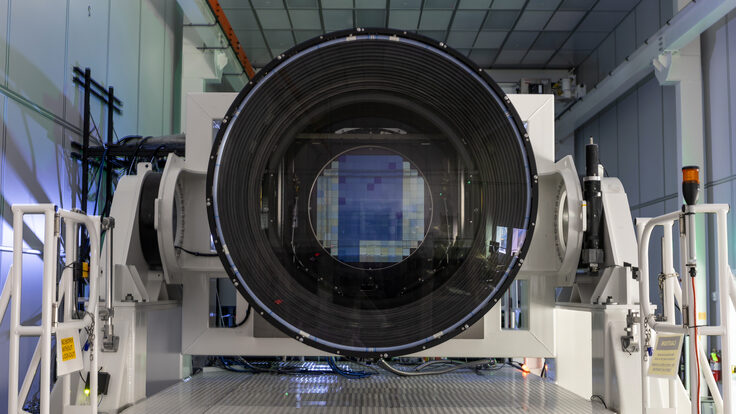Sports car treatment for cavities
Hydroforming is used in the auto industry to mold sheets of metal—mostly aluminum alloys—into complicated shapes for high-end sports cars. Now a small team from DESY, the German national laboratory in Hamburg, has used it to create a nine-cell cavity from niobium. They hope the process will come in handy for building 16,000 cavities needed for the International Linear Collider.
Radiofrequency cavities create the electromagnetic fields that accelerate particles in a collider. The performance of the cavities, measured by the way electrons pass through them, is determined by their shape and the way they're put together.
Hydroforming starts with a niobium tube 150 millimeters in diameter. First the tube is grooved to produce the narrow parts between the cavity's bulging cells. Then it's filled to the brim with water. A hydraulic system increases the water pressure inside the tube, forcing the metal into a mold in the shape of the cavity. The finished product has walls of uniform thickness and only two seams, reducing the risk of welding flaws that can hinder cavity performance.
"We have tried many different procedures, used all sorts of tubes, simulated every eventuality until we found the perfect way," says Waldemar Singer, a material scientist at DESY. The team had a lot of support and help from the Russian Institute for Nuclear Research. Other labs are also getting in on the act; Japan's KEK is building a hydroforming machine and Fermilab is planning a similar facility.
Barbara Warmbein, ILC Global Design Effort
| Illustration: Sandbox Studio |
 |
Click here to download the pdf version of this article.






